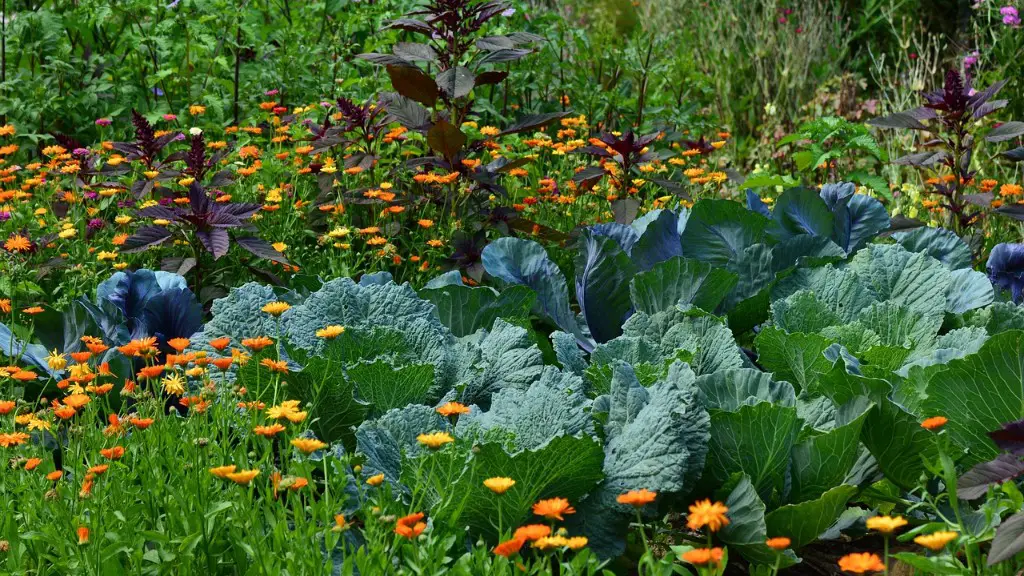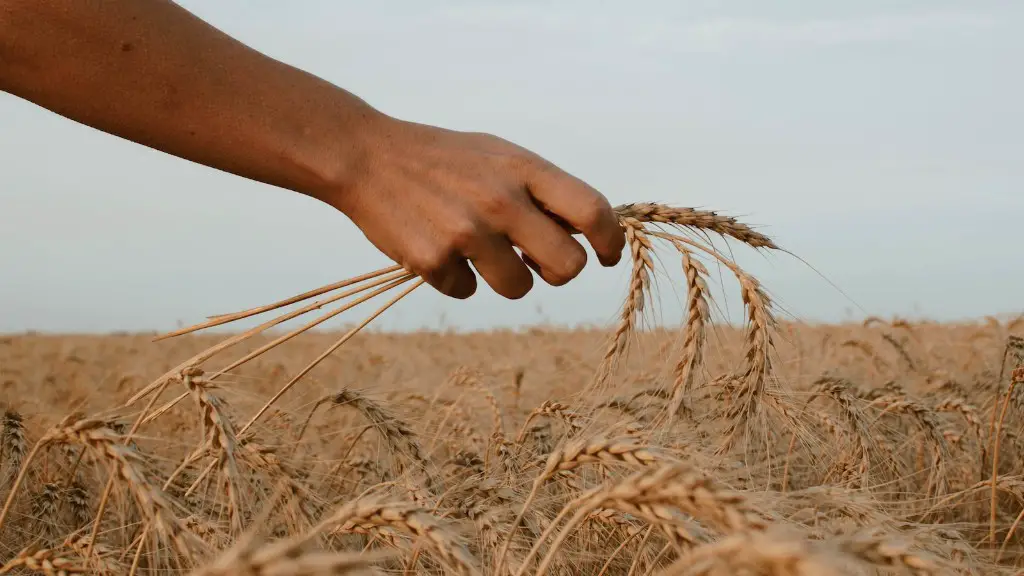Climate smart agriculture (CSA) is a farming system that helps farmers and food producers become more resilient to climate change. It faces several challenges, like the need for more efficient use of natural resources, improving food security, and the need for more sustainable agricultural techniques. CSA is the way forward for sustainable agricultural production, and the practice is gaining more attention in the agricultural and environmental sciences. The component of CSA comprises of integrating all the technological, environmental, and socio-economic aspects, focusing on the comprehensive usage of all resources sustainably. This helps in increasing food security and improving the production and livelihood of farmers.
There are four main strategies for practicing CSA, which include using water and soil management techniques, conserving agro-biodiversity and natural habitat, empowering farmers with information and financial resources, and enhancing the use of technology and innovation. Water and soil management techniques, like improved water conservation and harvesting systems, as well as better soil health management, have proven to help increase crop yields and improve soil fertility.
Conserving agro-biodiversity is also key to practicing CSA. This can be done through practices such as crop rotation, efficient use of resources like fertilizer and pesticides, and implementing sustainable land management. conserving agro-biodiversity also helps enhance soil health and increase productivity, as well as protect ecosystems by preserving natural habitat. In addition, empowering farmers with financial resources, such as grants and loans, can help them adopt innovative solutions and technologies that help support CSA.
Technology and innovation are also important components of CSA. Technological improvements, such as precision agriculture, may improve crop production and water efficiency by deploying better irrigation and pest management solutions. Integrated pest management, for example, focuses on using natural enemies to control pests, reducing insecticide application and the risk of pest resistance. Similarly, advanced remote sensing and precision farming systems may improve input management, resulting in better yields, improved water efficiency, and a more efficient use of resources.
Moving forward, the goal for CSA is to develop more efficient and integrated solutions for farming, by taking into consideration all the socio-economic, environmental, and technological components. To this end, data needs to be collected and utilized effectively, with the help of technologies such as artificial intelligence and the internet of things. Further, there should be increased investments in research and development, and in the training of farmers to help them understand and practice CSA.
Conserving Agro Biodiversity
Conserving agro-biodiversity is an important aspect of Climate Smart Agriculture (CSA) practices. Crop rotation, efficient use of resources such as fertilizer and pesticides, and appropriate land management can help conserve Agro-Biodiversity. It can improve soil health, increase crop yields, and ultimately help farmers to achieve better production and livelihoods. In addition, conserving agro-biodiversity can also help protect ecosystems by preserving natural habitat. In addition, farmers must be increasingly encouraged and supported with proper financial resources, such as grants and loans, to adopt innovative solutions and technologies that help support CSA. Furthermore, there is need for an increase in understanding and practice of agroforestry and organic farming techniques, to enable the conservation of agrobiodiversity.
Precise Use Of Technology and Innovation
Advances in technology and innovation have a major role to play in Climate Smart Agriculture (CSA). The use of precision agriculture aids in better crop production and water efficiency, as well as improved soil fertility and better yields. Furthermore, new IoT (Internet of Things) and AI (Artificial Intelligence) technologies have been harnessed to help farmers and food producers collect and use data more effectively, as well as automate tasks with precision and accuracy. For example, the use of IoT-connected sensors in precision agriculture can help in monitoring and controlling systems such as irrigation and pest management. Similarly, satellite imagery and GIS (Geographical Information Systems) can be used to map areas, analyze crop yields, and optimize land use. With this technology, CSA aims to achieve an efficient, sustainable, and productive balance between agricultural production and resource utilization.
Resilience Of Crops To Climate Change
Climatic changes are posing a great challenge to global food security and sustainable agriculture. Climate smart agriculture is the way forward for sustainable agricultural production and crop resilience to climate change. Agroforestry and organic farming techniques, for example, can help improve water efficiency, soil fertility, and the maintenance of natural pest control. Moreover, the use of climate-resilient crop cultivars, proper irrigation practices and microclimatic management of crops, such as mulching and proper shade, are also important strategies to ensure that crops become more resilient to climate change. These strategies must be adopted to improve the performance of crops, and thus increase food security in the face of increasing climatic variability and extreme weather events.
Increased Investment In Research And Development
In order to ensure greater efficiency and integration of farming systems, practices and technologies that support CSA must be explored and developed. Due to this, research and development must be actively encouraged and investments need to be made in this direction. Research on soil health, water conservation techniques, agroforestry, and organic farming practices should be given more focus. Furthermore, the development of climate-resilient crop cultivars, adequate irrigation practices and the implementation of the latest technologies must also be encouraged and promoted on a large scale.
Involving Farmers For Understanding And Practice
The stakeholders of CSA must be increasingly involved to ensure better agriculture practices are adopted and understood. Farmers should be better trained in the field of CSA and educated about the importance of using best practices, such as water and soil management techniques, and conserving agro-biodiversity. To this end, local organisations, communities, and governments can play a major role in training and educating farmers and providing them access to the necessary resources. As such, the necessary infrastructure and resources must be allocated and provided to farmers, in order for CSA to become a well-established practice.


